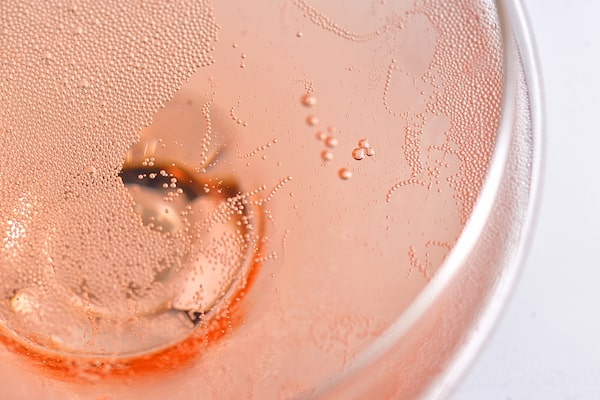
Prosecco producers were permitted to produce rosé versions for the first time in 2020.Jordache/iStockPhoto / Getty Images
For more wine advice and reviews, recipes, restaurant news and more, sign up to receive our Good Taste newsletter in your inbox every Wednesday.
One of the world’s most popular wines, Prosecco is mostly fruity, with varying amounts of sweetness and bubbles, from lightly sparkling frizzante styles to more effervescent spumantes. They were uniformly white in colour until new regulations were introduced in May.
As the 2020 harvest approached, producers were permitted to produce rosé versions for the first time. The initial release of pink Prosecco will be available for sale from Jan. 1.
The move capitalizes on two of wine world’s biggest trends – with global consumption of sparkling and rosé wines continuing to rise – and is the latest consumer-friendly development made by the Prosecco DOC Consortium, which controls regulations for wineries and grape growers across nine provinces in the Veneto and Friuli-Venezia Giulia regions of Italy. Since 2009, when Prosecco received its controlled designation-of-origin (DOC) status, the area for its production was expanded to include the fertile plains in Treviso and annual production soared. An estimated 100 million bottles were sold in 2008. Last year’s harvest yielded a reported 486 million bottles.
According to the Consortium, the total production for pink Prosecco could reach 30 million bottles per year.
To qualify as Rosé Prosecco, wines must be produced from a base wine made from the glera grape with 10- to 15-per-cent addition of pinot nero (a.k.a. pinot noir) that’s been macerated with its skins to contribute the pink colour. They are required to be vintage-dated, so 85 per cent of the grapes used must come from the current harvest. The labels will state Millesimato and the vintage year.
A second fermentation takes place in a reinforced stainless steel tanks that capture the carbon dioxide created to give the finished wine its fizz. Rosé Prosecco will range from Brut Nature to Extra Dry styles, which allows for dry and crisp to fruity and noticeably sweet (but not cloying) wines.
Given the large overlap in how they’re made, the finished rosé wines will share much of the same flavour profile of Prosecco, with ripe apple and peach and possibly melon, floral blossom and nutty notes accented by red berry aromas and flavours. They’re bright and lively wines to enjoy in their youth. A classic brunch wine or summer sipper.
That said, pink Prosecco is being positioned as a more premium version for consumers that want to trade up. Here’s hoping it’s more akin to the distinctive quality of the Prosecco Superiore from Conegliano-Valdobbiadene, in the heart of Prosecco country, than the cheap and cheerful, sweet and fizzy commercial styles that dominate the inexpensive selections. We’ll know better come January.
E-mail your wine and spirits questions to The Globe. Look for answers to select questions to appear in the Good Taste newsletter and on The Globe and Mail website.
Globe and Mail subscribers can register to join Christopher Waters on Thursday, Dec. 17, at 7 p.m. ET for a wine tutorial on buying bottles for the holidays, developing your palate and serving for best enjoyment.
 Christopher Waters
Christopher Waters